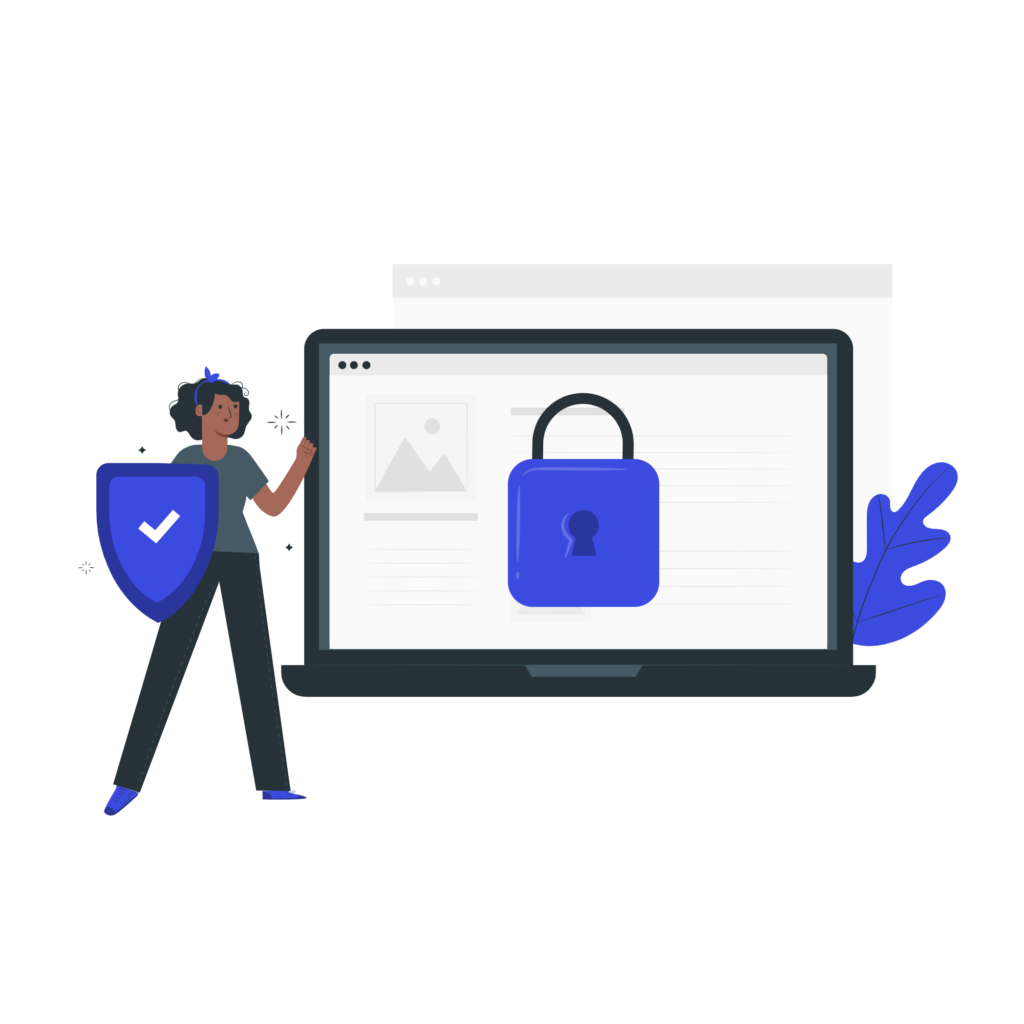SecureWeb3 has explained the types of crypto wallet available. The wallets themselves do not contain any crypto currency or NFTs but do work as the keys to alter ownership of Blockchain assets. The wallets are instead used to transfer ownership such a sending or receiving cryptocurrency and to identify what funds are linked to their owner. Control over a wallet effectively gives control over the linked funds in the same way as if there were real cash within it.
Criminals and fraudsters know this and will do what they can to get access to your wallet. At SecureWeb3 we recommend the following steps to keep your crypto funds as secure as possible.
Minimise the funds stored within an on-line wallet. In the same way as a cash wallet, only hold enough funds for any immediate trading and store other resources away from the Internet. Those additional funds are said to be in cold storage. They are still vulnerable to changes in any coin exchange rates but on-line hackers cannot access this currency. The simplest solution is a ‘paper wallet’. Any wallet account is based on the holder’s private key; write this down on paper and store it securely. Lose or forget that key and there is no way to recover the account. Software solutions allow cold storage with rather more fall-back protection. Hardware wallets can only be used when connected to a computer but will still retain data when off-line. If the hardware device is lost or damaged the account can be recreated on a replacement. Take note that if a fraudster has access to the recovery data they could clone and empty the wallet.
Diversifying funds and storage solutions will aid security and can protect against market fluctuations. Investors usually have a portfolio of assets; hoping that gains will outweigh losses. In the crypto world if access to one wallet is lost then other funds will still be secure.
There will always be a need for on-line wallet access. Without this; funds can never be transferred, payments or receipts will not occur and any market gain cannot be realised. On-line wallets such as Solana are vulnerable to security breaches or flaws in addition to the harvesting of funds from stolen credentials.
The innate security of any wallet system needs to be considered. It is better to choose a mobile app based solution than a web interface if a secure device is available. This will restrict access to a single source in addition to any security settings within the app itself. Multi-factor authentication can additionally protect the wallet. This may be a fiddly process, in the crypto.com solution for example a time-limited code is created by an authenticator program which must be copied into the wallet interface together with the account password to verify transactions.
Backup and encrypt wallet information ensuring that all supplemental passwords are strong yet securely stored. This should not be held in a single location or device such as a USB stick which might be easily lost or damaged. Any backups should be regularly updated and the restore function tested.
Keep all wallet software up to date taking care to avoid scams that use alleged updates to steal your access credentials. Any updates should be confirmed on official websites and media. Finally beware of any phishing or on-line scams that ask for access to your wallet. If in doubt contact the provider directly, do not use any links that are embedded in emails or 3rd party websites.
